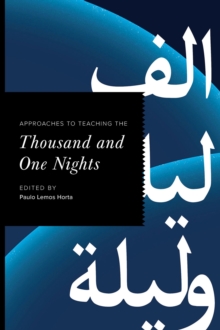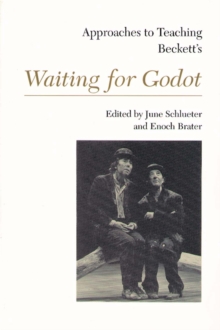
Approaches to Teaching Milton's Shorter Poetry and Prose Hardback
Edited by Peter C. Herman
Part of the Approaches to Teaching World Literature S. series
Hardback
Description
Milton's shorter poetry and prose can be challenging to teach, but they reward instructors and students many times over: they introduce in compact, accessible form the themes and difficult syntax of Paradise Lost, expand and comment on the epic and on one another, and provide students ideal training in close reading.
The essays in this volume constitute a road map for exploring the most frequently taught of Milton's shorter works-"Lycidas," the Nativity Ode, Comus, Samson Agonistes, Areopagitica, and The Doctrine and Discipline of Divorce-as well as the sonnets, Paradise Regained, The Reason of Church Government, and The Ready and Easy Way to Establish a Free Commonwealth, among others.
The contributors demonstrate ways of incorporating Milton's shorter works into a range of classrooms, from survey courses to Milton seminars; list specific tools to make the works' relevance and aesthetic pleasures available to a wide variety of student populations; and offer a wealth of techniques for helping students navigate Milton's demanding style and complicated historical context. Like all volumes in the Approaches series, this collection includes a convenient survey of original and supplementary materials and a comprehensive array of classroom tactics.
Three sections of essays provide general approaches to the poetry and prose, through biography, genre, literary and political history, and other methodologies.
The fourth section addresses the teaching of individual poems, and the final section articulates ways into specific prose works.
Information
-
Available to Order - This title is available to order, with delivery expected within 2 weeks
- Format:Hardback
- Pages:284 pages
- Publisher:Modern Language Association of America
- Publication Date:30/01/2007
- Category:
- ISBN:9780873525930
Information
-
Available to Order - This title is available to order, with delivery expected within 2 weeks
- Format:Hardback
- Pages:284 pages
- Publisher:Modern Language Association of America
- Publication Date:30/01/2007
- Category:
- ISBN:9780873525930










